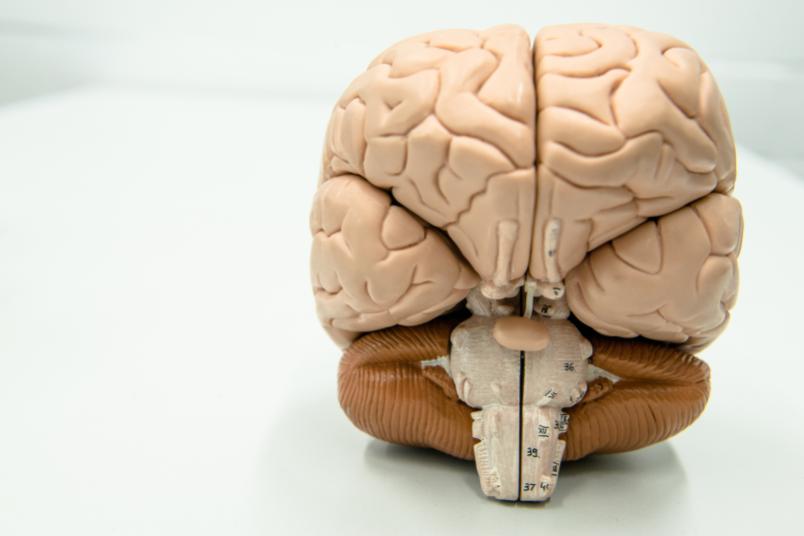
Neuroscience “We need to reconsider our research approach”
A team of neuroscientists is thinking beyond the box of everyday research routine and argues for more interdisciplinary cooperation.
”In order to understand how the interaction between molecules influences our behaviour, we need to reconsider our research approach” – thus reads the conclusion of a review, published in the journal “The Neuroscientist” by a team of brain researchers. They are calling for a more holistic approach in the Neurosciences.
Two of the authors are members of the Faculty of Medicine of the Ruhr-Universität Bochum: Prof Dr Klaus Funke and Prof Dr Tobias Schmidt-Wilcke who is also member of the Collaborative Research Centre 874.
Researching on different scales
Neuroscientists conduct research on a variety of levels: Some of them record brain activation in animals or human participants while they are performing specific tasks; others explore the function of individual cells or even molecules. Between those large- and small-scale research approaches lies a variety of other methods that focus on hugely differing levels of complexity, e.g. cell complexes of varying dimensions.
“Neuroscientists exploring different levels of complexity need to intensify cooperation, exchange results and swap know-how,” demands Tobias Schmidt-Wilcke. Research results should be communicated to a wider academic audience rather than keeping them within a small circle of experts. This will eventually help us to put together all pieces of the puzzle and understand behaviour as a whole.
The brain’s most important inhibitory neurotransmitter
The authors reinforce their view by means of an example: They examined the neurotransmitter gamma-amino-butyric acid – the most important inhibitory messenger in the central nervous system. We already know quite a lot about the neurones which produce gamma-amino-butyric acid: their morphology, their receptors and their electrochemical behaviour.
Researchers have also looked at the matter from a different angle: They have for example correlated certain ways of behaviour with the concentration of the messenger within individual areas of the brain which contain several million neurones.
Timing signals
Roughly a quarter of the neurones within the human brain produce gamma-amino-butyric acid which is of utmost importance when it comes to synchronising cell activities. This synchronisation is required for the generation of signals on the level of cell complexes. “Those signals are probably the missing link between the molecular and cellular level on the one end of the range of complexity and perception and cognition on the other end”, Schmidt-Wilcke suspects.
According to the authors of the article, “it is our challenge to bring highly specialised fields of research, dealing with differing biological size scales, together”. They are assembling a variety of approaches towards researching gamma-amino-butyric acid and develop future research questions which may help to close existing gaps.